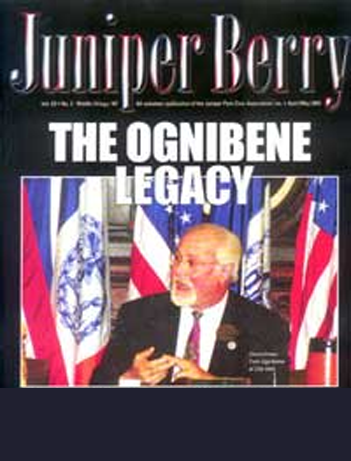Now that the Fresh Kills landfill in Staten Island is closed, it has left some of us pondering where our trash is going. Would you believe Pennsylvania and Virginia? What was once a short trip for the 12,000 tons of trash is now upwards of 400 miles while being escorted by about 900 city workers, costing taxpayers upwards of an extra $200 million a year.
Understandably, local officials in Virginia and Pennsylvania are passing laws regarding our waste and trying to stop NYC from importing it. So far, federal courts are still allowing our trucks and trains to deposit our waste. One of the largest impacts on New Yorker’s are the fattened paychecks of city workers who must take their smelly loads as far as 37 miles before they can unload it plus the cost of maintaining the white trash trucks for their long voyages they undertake daily. Not to mention that the tolls alone cost us $3.5 million a year.
Diverting NY’s trash is moneymaking heaven for some distant communities in PA as well as the Essex County incinerator in Newark. For instance, the money they made in Charles City County, VA was $3.4 million – enough to pay for 40% of the county’s government and school system budget. On the downside for these communities, some residents can actually smell the dump’s odor from their homes.
About $238 million is being paid to trash removal companies; the remaining $60 million pays for truck fuel and the 900 extra city workers. In Queens, we are paying $81 a ton while in the Bronx they are paying $54.86 per ton. All of the prices though are at the whim of the contractors because we have no choice but to pay. Is all of this worth the hassle since Fresh Kills could have stayed open another 20 or 30 years if it weren’t for the political pressure to close it?
The trucks take different routes: about 300 go over the George Washington Bridge each day, 130 or so take the Lincoln Tunnel and 50 take the Holland Tunnel. From the drop-off sites the trash is then loaded onto tractor-trailers that carry about 20 tons towards PA and VA.
The air pollution along Canal Street alone has increased 17% and the traffic increased by 2% since the exports began. Locally, the Long Island Expressway is seeing hundreds of additional garbage trucks polluting our area and causing additional traffic. Even though the trips across the Hudson River are timed to avoid both the AM and PM rush hours, much of these problems could have been avoided if the city had moved quicker to use barges or rail deliveries. They hope to switch to these methods by the year 2005.
Everyone is looking forward to when we switch to a rail and barge system, but people are worried that this trucking system will become deeply entrenched, like Fresh Kills that opened in 1948 as a temporary solution that turned into a 50 year interim plan.



